Value in Problems
The value lies in the problems solved.
We obsess about our products and services.
What the competition is doing, and how the market is performing.
What next, and what do we need to do to keep up…
What about the customer? What do they want and need?
All too often, I work with businesses that have amazing products and services, in fact, so good that what they do hides what it does - the problem it solves and, therefore, the value to a client.
We buy the things that solve our problems; the bigger the problem, the more we are prepared to pay. When do you call a plumber? When the washing machine is working or when the floor is covered in water? A plumber has no value when there are no leaks; when water is spraying everywhere, you’ll pay more for the express service to fix it.
And the more our solution taps into the emotive needs of those looking to buy, the more powerful our solutions become.
Rational narratives that don’t speak the client's language, don’t clearly solve a problem they care about, simply don’t sell as well as those that do.
More often than not, the final competitive edge is not in the product design itself; it is in the narrative and the packaging of the solution that creates the emotional hooks that sway them one way or the other.
How your offer shows up in the market matters just as much as what the solution is, sometimes more.
The problem is that we spend so much time in the business on the product and service design, structure, naming conventions and commercials that this clouds the external narrative. As a result, the ‘what’ ends up dominating the ‘why’, why they, the client, should care.
Taking the time to see the world from the outside looking in, feeling what it is like to be a client looking for your solution and getting above what it is you do to see what it does for someone else is the only way to uncover the real value in what you do.

